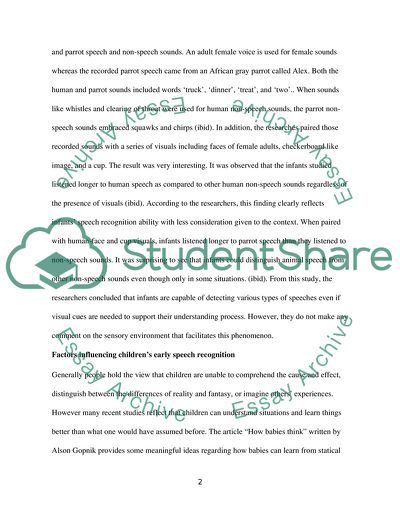Cite this document
(Early Speech Recognition in Children Assignment, n.d.)
Early Speech Recognition in Children Assignment. https://studentshare.org/psychology/1798758-early-speech-recognition-in-children
Early Speech Recognition in Children Assignment. https://studentshare.org/psychology/1798758-early-speech-recognition-in-children
(Early Speech Recognition in Children Assignment)
Early Speech Recognition in Children Assignment. https://studentshare.org/psychology/1798758-early-speech-recognition-in-children.
Early Speech Recognition in Children Assignment. https://studentshare.org/psychology/1798758-early-speech-recognition-in-children.
“Early Speech Recognition in Children Assignment”. https://studentshare.org/psychology/1798758-early-speech-recognition-in-children.


